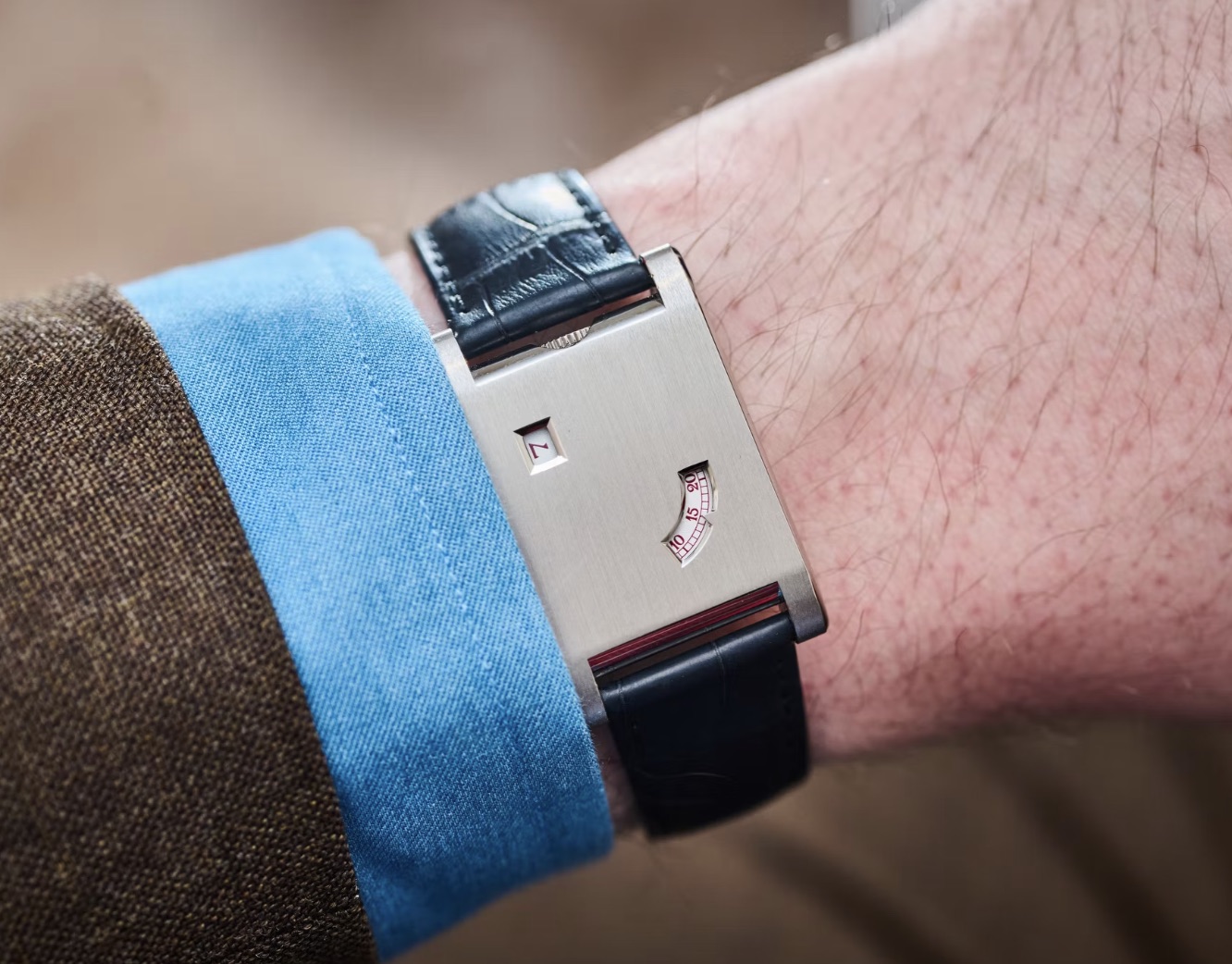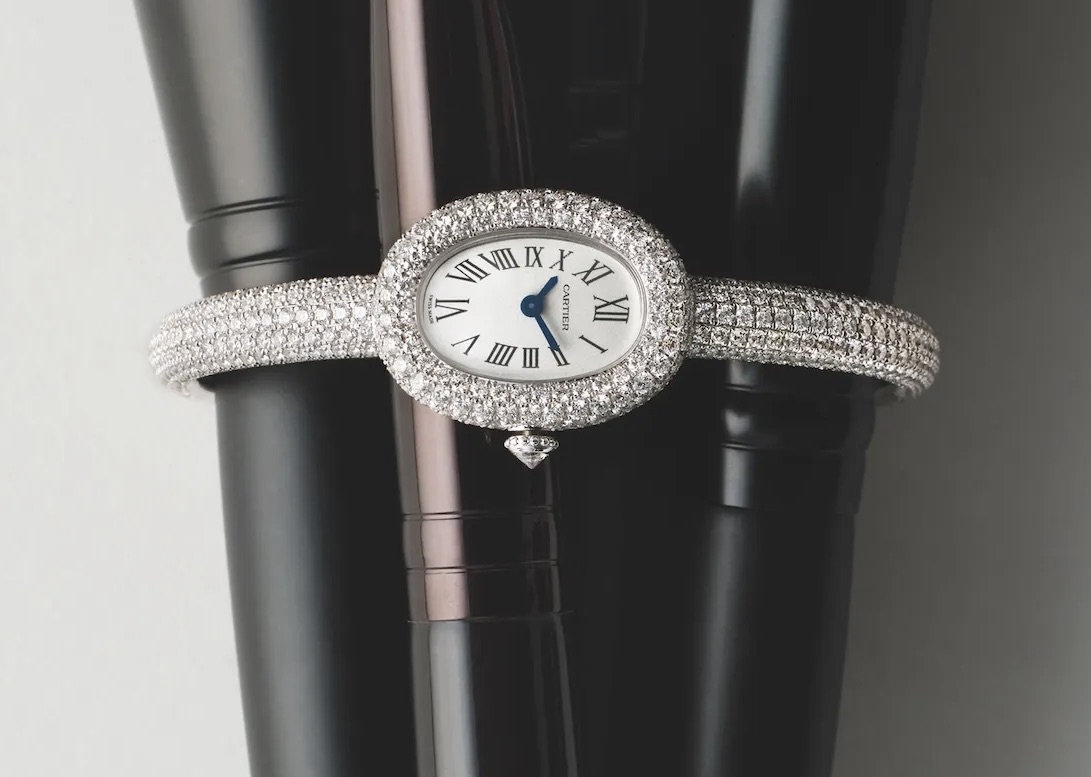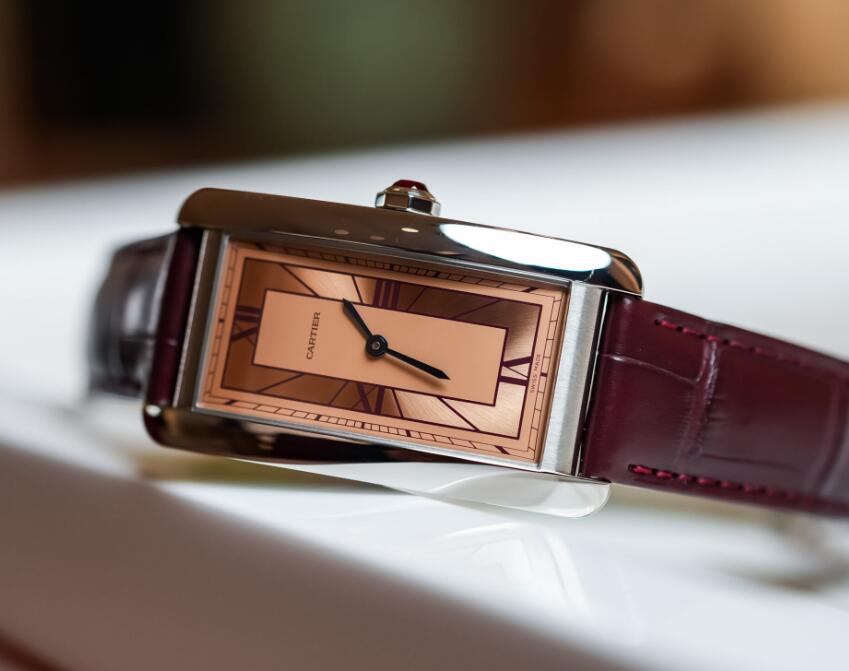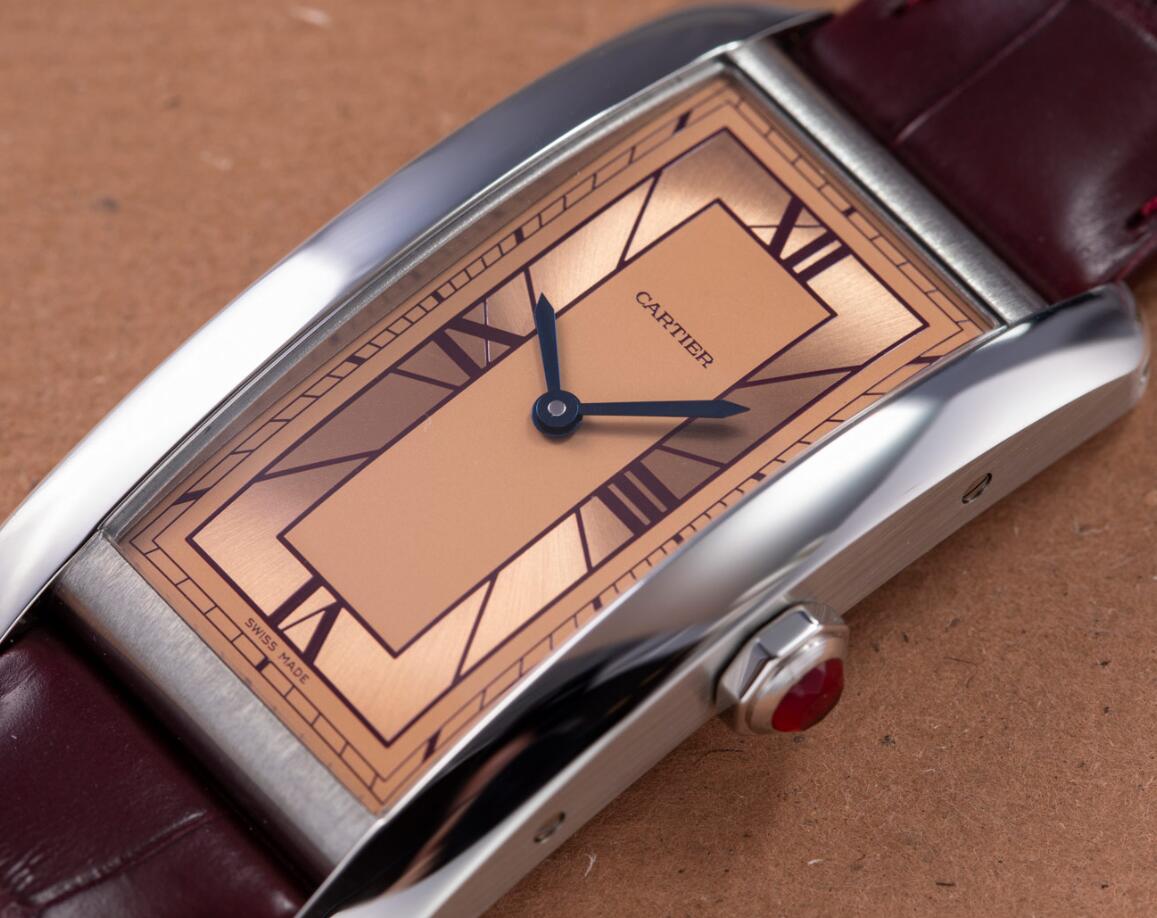Cyrille Vigneron is in a different mood to when I interviewed him five years ago, shortly after his appointment as chief executive at AAA UK Cartier super clone watches. He did not say so at the time but, looking back, “Cartier had lost its appeal [by] trying to get into areas that were not so credible or not so much in the Cartier DNA”.
This was particularly true of 1:1 cheap replica Cartier watches. As well as making large and complicated watches, it had launched sporty lines — but sales were slow.
In 2016, Vigneron took the painful decision to buy back €200m worth of stock. “There is no way you can change your product offer if you leave products on the market,” he explains. “Either your retailers will stop buying, or what would be visible would not be so appealing for customers. Most of the Swiss made Cartier super clone watches were destroyed to recycle the gold.”
Vigneron also closed nearly a third of the company’s global network, including many European stores outside capital cities. “Traditionally, Europe had many points of sale but the ability of European customers to buy expensive high quality fake Cartier watches is not that high. At some point it is better to withdraw, otherwise it’s too difficult to be presented in a qualitative way.”
This time around, Vigneron’s mood seems to be influenced by the annual financial results of Richemont, the parent group of perfect Cartier super clone watches. “Everyone was happy: the financial community was very happy and, if they are, we are too,” he says from his office in Geneva, via a video call. Although Richemont does not publicly separate figures by brand, the group’s three jewellery brands, of which Cartier is the largest, account for about 60 per cent of turnover. While sales at Richemont’s specialist watch brands were down 25 per cent on 2019, the jewellery brands outperformed their stablemates with 5 per cent growth during the pandemic.
Part of Vigneron’s strategy has been “to bring back top Cartier copy watches to what it was liked for: proportion and shape and iconic design”.
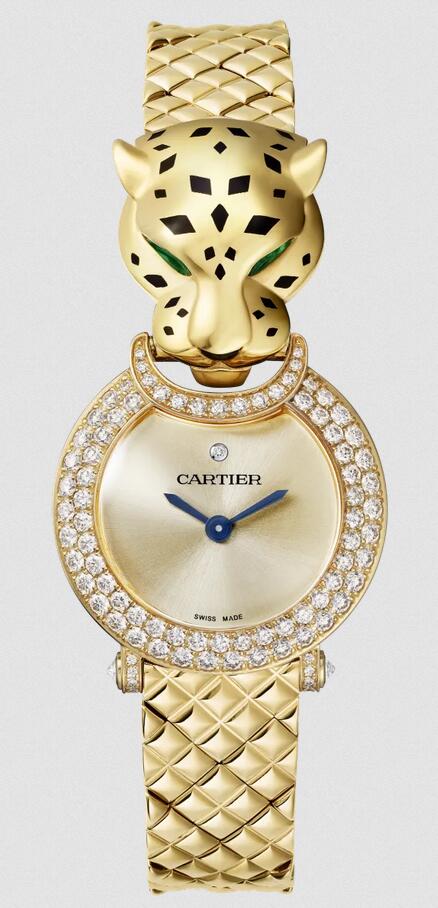
Since then, the 59-year-old has had a string of hits, including reviving the cheap super clone Cartier Panthère, Santos and Pasha watches (pictured below). This year has seen the return of the entry-level Tank Must with playful, coloured dials — a watch that was a mainstay of the brand’s success in the 1970s. “It doesn’t mean we cannot make new designs — like Maillon de Cartier last year — but the main idea is to be distinctive with mostly non-round Cartier replica watches for sale and bring them back into the light,” he says. “That’s what Cartier is famous for.”
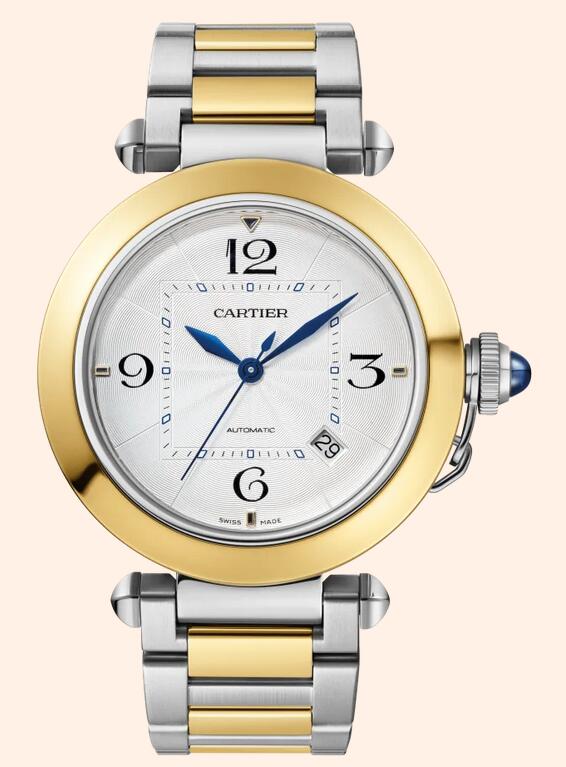
He adds that playing to Cartier’s historical strengths appeals to collectors who have started to get interested again “in the rare, beautiful shapes, like the Crash, the Tank Cintrée and others”. He cites a May auction at Phillips where an early 1970s London Pebble/Baseball watch fetched SFr403,000 ($437,000) — four times the estimate. “We get these kinds of prices for our jewellery,” says Vigneron. “Now, some super clone Cartier watches wholesale shop on the vintage market which were in the range of $30,000-$40,000 trade for more than $300,000-$400,000.”
Despite some models being culled, Vigneron says Cartier is making more 2022 Cartier fake watches than when he took over.
Intriguingly, he feels that, by going back to the brand’s glorious past, he has made Cartier more relevant to millennials — who, he says, account for 65 per cent of customers.
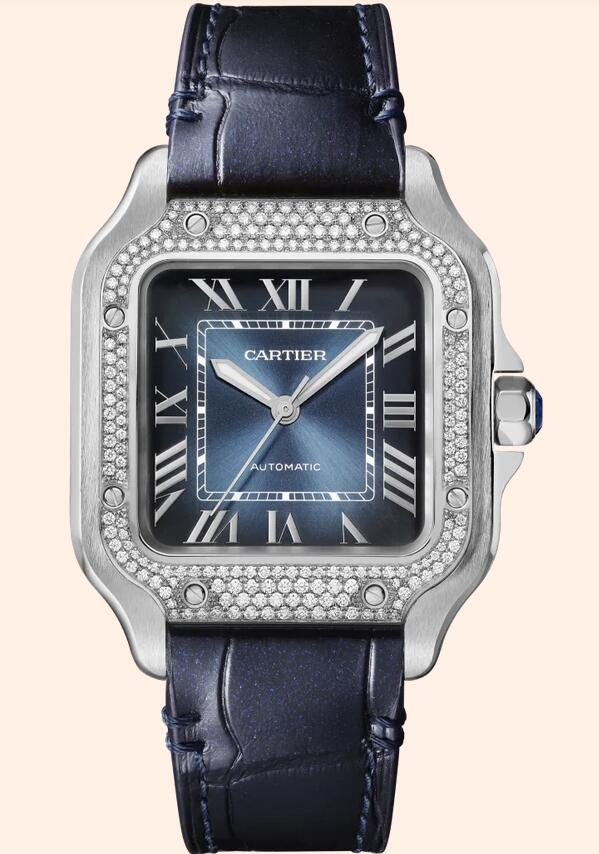
“The brand has been rejuvenated by selling the same thing. I said we should not try to make young products for young people at cheap prices. It’s not about that. You have to explain classics to a young generation in a modern way.
“The more we focus on designs that are timeless, the more we can talk to all generations, and we have attracted younger customers with both luxury Cartier super clone watches and jewellery. In Asia and in the Middle East, Gen Z is already 25 per cent of our clients. Gen Z is made up of people less than 25 years old, so we are in fact a much younger brand than people think.”
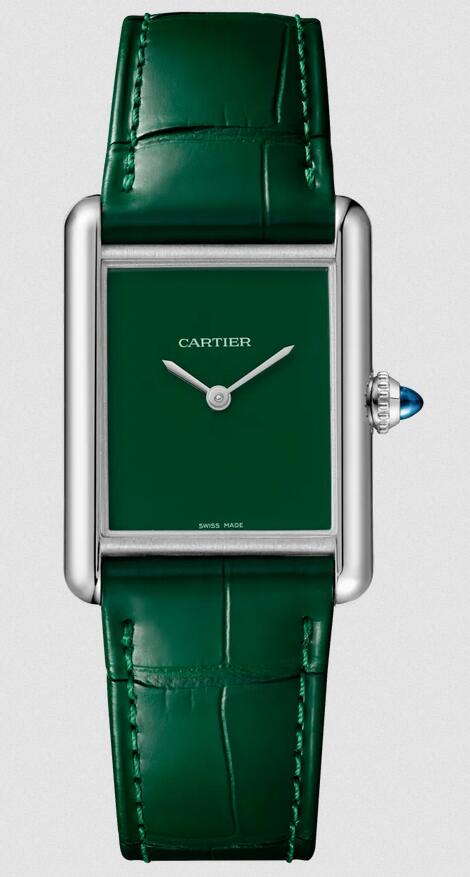
Lockdown has seen more growth with young collectors. “At 22, they know almost everything; at 25 they are super-knowledgeable and they want the rarest thing on the planet. That’s new. It’s because the internet is making the learning curve very fast.”
He has noticed the same pattern with jewellery. “We have seen the most symbolic and iconic products doing even better. So, Love, Juste un Clou, even Clash — which was launched before Covid — or Trinity have been doing super well.” This is especially online, he notes. Customers appear willing to use ecommerce channels for purchases of “a kind that we never thought would be sold online”. This is not just in the fine jewellery bracket but well into high jewellery, with the largest online sale being a parure, or jewellery set, at €2.5m.
“It’s a substantial amount. It’s the same as an art piece or a painting. We have seen phenomenal growth on digital and ecommerce. We moved from about 1 per cent of total sales to about 8 per cent globally”.
Vigneron feels that the past 12 years have shown that normal does not mean stable, with the financial crisis in 2008; the stopping of corporate gifts in China in 2015; the renminbi devaluation in 2016; social unrest in Hong Kong in 2019, and the pandemic in 2020.
He concludes that, instead of expecting a return to “pre-crisis linear growth . . . we have to live with the volatility”.
But he balances that with his belief that “the strongest design lasts a very long time and tastes do not change that much”.
